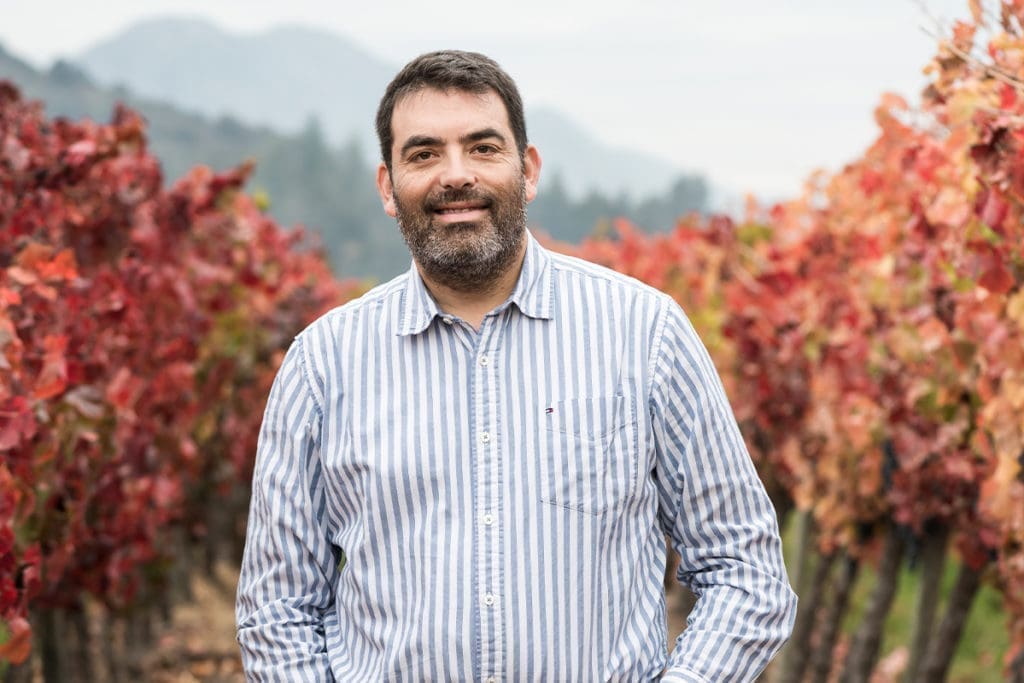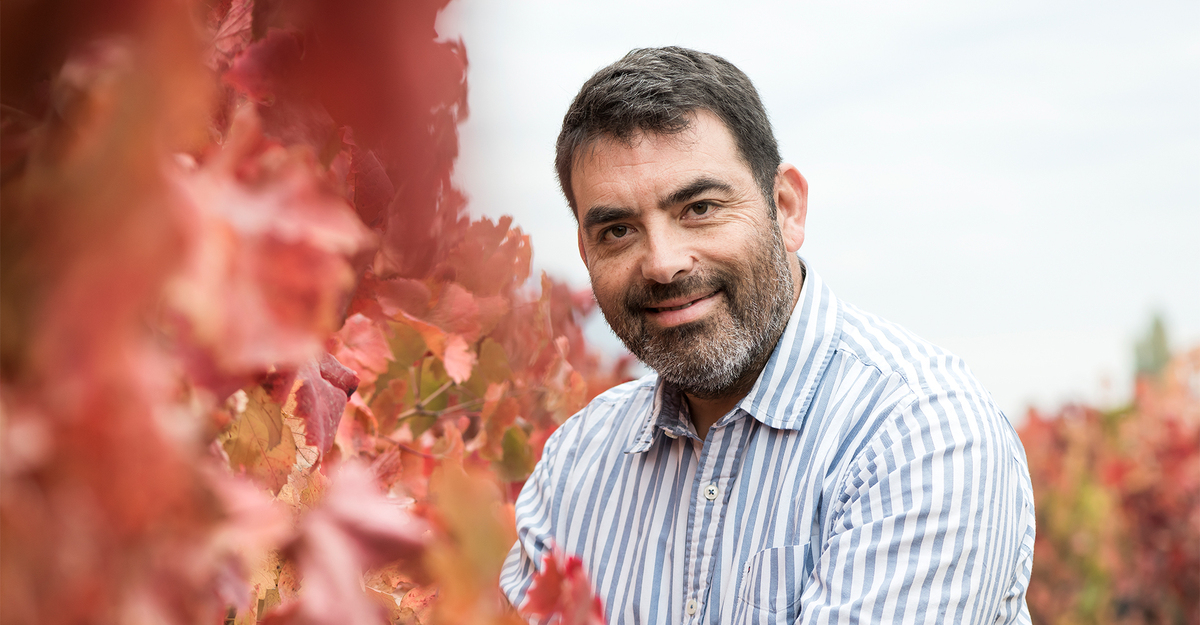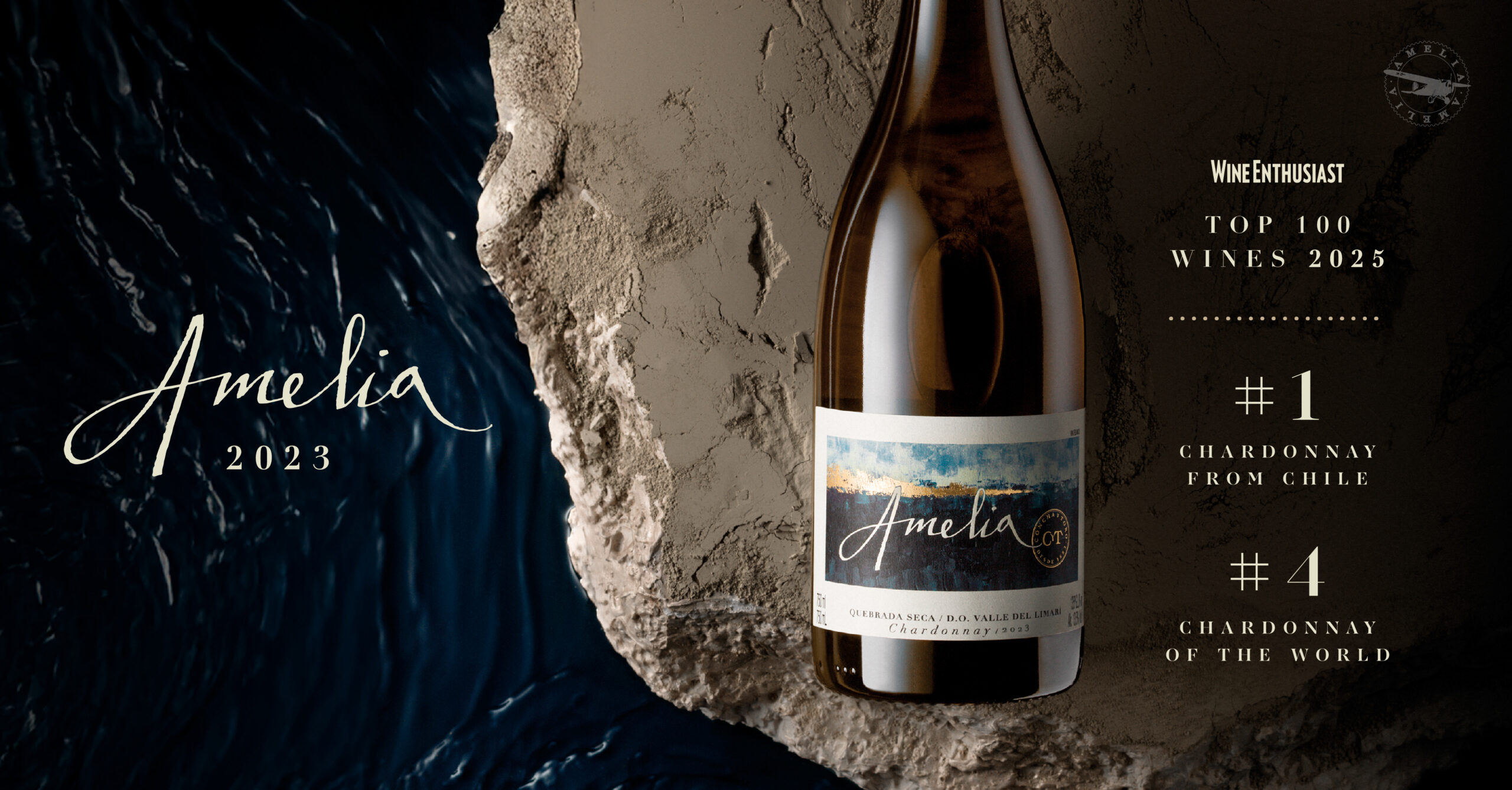23 de November de 2022
Marcio Ramírez: Mr Carmenère
In charge of all Concha y Toro’s Carmenères, the winemaker spoke to us about terroir, Peumo, his favourite wines and more.
Marcio Ramírez started working at Viña Concha y Toro in 1997, specifically in the production of wines that were sold nationwide. Only six months later he was offered to work with Enrique Tirado, winemaker of the renowned wine Don Melchor, an opportunity that became the beginning of his journey in the world of fine wines. From then on, Marcio has followed a path that, among other things, led him to take charge of the Peumo cellar and, with it, of all the Carmenères from Concha y Toro.
How was the path that led you to be responsible for the winery’s Carmenères?
Between 1997 and 2000 I was working with Enrique at Don Melchor and at the Puente Alto cellar, and in 2001 they offered me to take charge of the Peumo cellar. I happily accepted. It was a new, challenging project and I didn’t know much about Carmenère. That’s when I fell in love with this wine grape because I had worked on Cabernet Sauvignon with Don Melchor, and Carmenère was a totally different world. First we started with Terrunyo Carmenère, after with Carmín de Peumo, then the Marqués de Casa Concha Carmenère advanced, later we launched the Gran Reserva Carmenère project. All the Carmenères came from here and I made them all here in Peumo.
Do you think Carmenère is our flagship wine variety?
Yes, I think it is for Chile and in particular for Concha y Toro, because we have the conditions. The variety is practically only found in Chile, there is very little in Italy, I have seen some in the United States. But we are the only country where it was rediscovered, reappeared and has adapted very well. I think we have evolved as well. In the past there were a lot of Carmenères everywhere, now we’ve realized that it calls for specific locations. This is why the Carmenère we have now is different from the one we had 25 years ago. We already found its area, and now we have a very, very different, very exquisite expression of Carmenère.
In terms of style, how would you define the variety’s evolution in Chile?
I think that at the beginning we did not understand it well or we wanted to copy other wines, make them with a lot of oak and a lot of alcohol. They were very exuberant wines, very sweet, very powerful, with 100% aging in barrels for 18 months, so in the end the Carmenère was lost. It was a nice wine, but it was not clear. Overtime we found that Peumo is the place for Carmenère. We have realized that we do not need to put in as much oak, we do not have to over-ripe the grape and thus we have been making more elegant wines, more precise in flavour, without being afraid of those peppery and wilder notes that Carmenère sometimes has. So we went from exuberant wines in oak and concentration, towards wines with more expression of the variety and the place.
What makes Carmenère from Peumo so particular?
I think its consistency over time. It is a place that seems to have been chosen by Carmenère to be its home. Peumo has deep soils, a fairly mild climate, spring begins earlier and autumn arrives late, therefore grapes have plenty of time to grow and express themselves very well. That makes it a very special place. Carmenère can ripen and wait for the right moment, when the colour of the leaf changes from green to red.

What is it that makes Vineyard 27, home to Terrunyo Carmenère, unique?
This vineyard was planted in 1990, even before Carmenère was known to exist. Remember that it was not until 1994 that we discovered that what we thought was Werlot, was actually Carmenère. We had already differentiated this vineyard as a “different Chilean Merlot”, with qualities of deep soil, with more clay than other sectors, producing a more powerful, vigorous wine, with very exuberant spices and with a spectacular energy in the mouth. It is very fresh, vibrant and expressive of its terroir.
Of the Carmenères from the vineyard, which one do you feel identify with the most and why?
I think with Terrunyo Carmenère, because when one thinks of Carmenère both in the company and in Chile, Terrunyo Carmenère comes to mind. It has always been at the forefront, setting the tone and although actors from other vineyards have appeared, I think we always look at Terrunyo and that makes me proud. It is a vineyard that creates a special mystique.
What winemaking techniques do you like to apply for Carmenère?
The simplest. We return to the most traditional and simplest because we want Peumo to express itself through Carmenère. When the leaf turns red, grapes are harvested, shelled, and destemmed, the tank is filled and a very gentle fermentation is carried out, with few pump-overs, very subtle. Then it is left to macerate between 10 and 15 days and we bring it into the barrels. Our focus is the timing of harvest and then the gentle extraction of its tannins, colours and anthocyanins.
What is your favourite food pairing for this grape?
A charquicán with fried egg is perfect. Or a pastel de choclo (sweetcorn pie), because it matches perfectly with the pino (minced beef), even if it is spicier, with a bit of sweet onion. These two dishes are hands down my favourite pairings.










